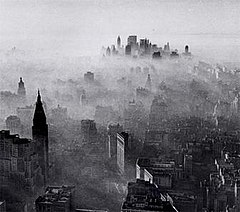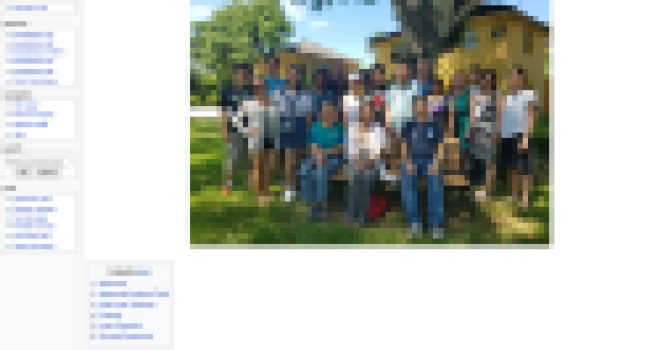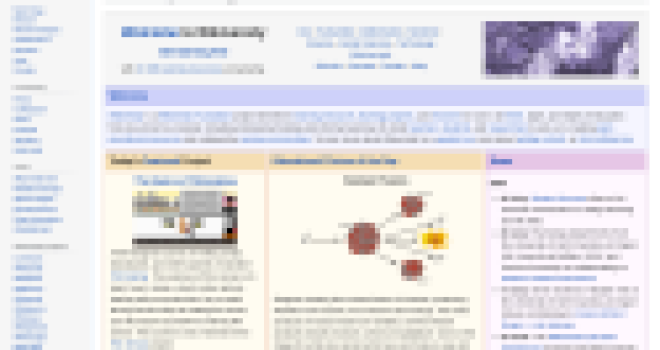LabLynx Wiki

 On November 25, 1966, the front page of The New York Times featured this photograph by Neal Boenzi. |
LIMSpec Wiki

 On November 25, 1966, the front page of The New York Times featured this photograph by Neal Boenzi. |
Bioinformatics Wiki

 On November 25, 1966, the front page of The New York Times featured this photograph by Neal Boenzi. |
IHE Wiki

 On November 25, 1966, the front page of The New York Times featured this photograph by Neal Boenzi. |
HL7 Wiki

 On November 25, 1966, the front page of The New York Times featured this photograph by Neal Boenzi. |
Clinfowiki

 On November 25, 1966, the front page of The New York Times featured this photograph by Neal Boenzi. |
OpenWetWare

 On November 25, 1966, the front page of The New York Times featured this photograph by Neal Boenzi. |
Statistical Genetics Wiki

 On November 25, 1966, the front page of The New York Times featured this photograph by Neal Boenzi. |
Cloud-Standards.org

 On November 25, 1966, the front page of The New York Times featured this photograph by Neal Boenzi. |
WikiBooks

 On November 25, 1966, the front page of The New York Times featured this photograph by Neal Boenzi. |
LIMSwiki

 On November 25, 1966, the front page of The New York Times featured this photograph by Neal Boenzi. |
Wikiversity

 On November 25, 1966, the front page of The New York Times featured this photograph by Neal Boenzi. |
Wikipedia

 On November 25, 1966, the front page of The New York Times featured this photograph by Neal Boenzi. |

















